The disposal of plastics has become a worldwide environmental problem. That is why research related to their substitution or processing has multiplied in recent years. One such field of research is that of the so-called bioplastics, which are more environmentally friendly. However, the production and use of bioplastics has pros and cons. Let us take stock:
On the pros side, bioplastics have a lower carbon footprint, as they are produced from renewable energy sources. Their recycling and reuse favours the circular economy yet, we should point out that a part of them, although not all, are biodegradable.
On the downside, we would point out that the costs and complexity of their recycling, together with the limited incentives for their implementation according to regions, mean that the production of traditional plastics is cheaper; furthermore, in the absence of further development in the production of bioplastics from by-products and biomass waste, their manufacture relies mainly on the transformation of food products. As such, a share of arable land and water use would need to be allocated to this process. As a result, their production could affect the availability of certain staple foods and lead to higher food prices, as well as to increased deforestation.
Below, by way of illustration, you can see the European classification of plastics according to their fossil or biological origin, and whether they are biodegradable or not.
In architecture and construction, plastics and bioplastics have various uses. Here are some of them:
-As additives in the production of concrete. The proposal of the Center for Regenerative Design & Collaboration stands out. This centre has created an additive (RESIN8™) from plastics that are difficult to recycle, which makes concrete up to 15% lighter and more resistant depending on its use. It improves insulation by up to 20% over traditional concrete.
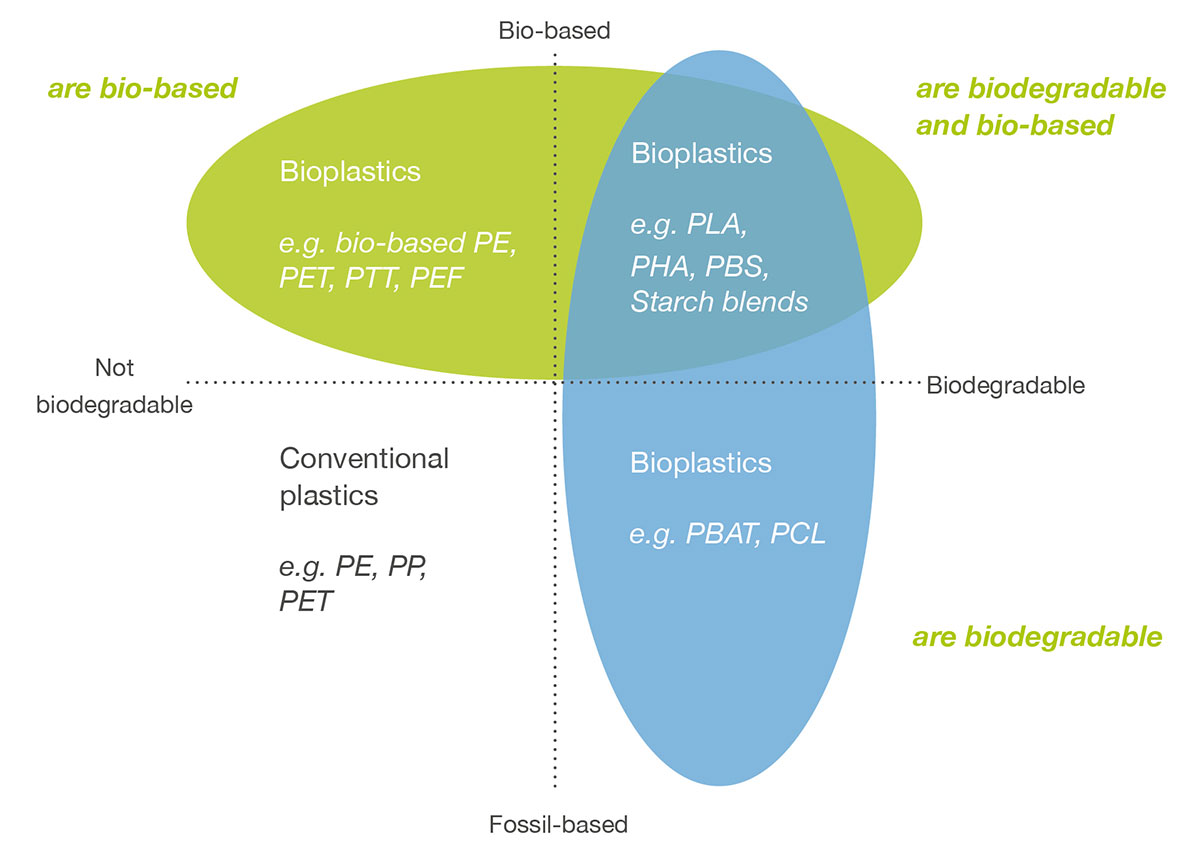
-In the manufacture of coverings. In 2013, the multinational Tetra Pak advised and supported the creation of Placove, near Mexico City. This factory produces roof tiles and corrugated panels from the material PolyAl. This is a mixture of polymers and aluminium, obtained mainly from food packages produced by Tetra Pak. Within a few years the plant reached a production of 240,000 pieces per year.
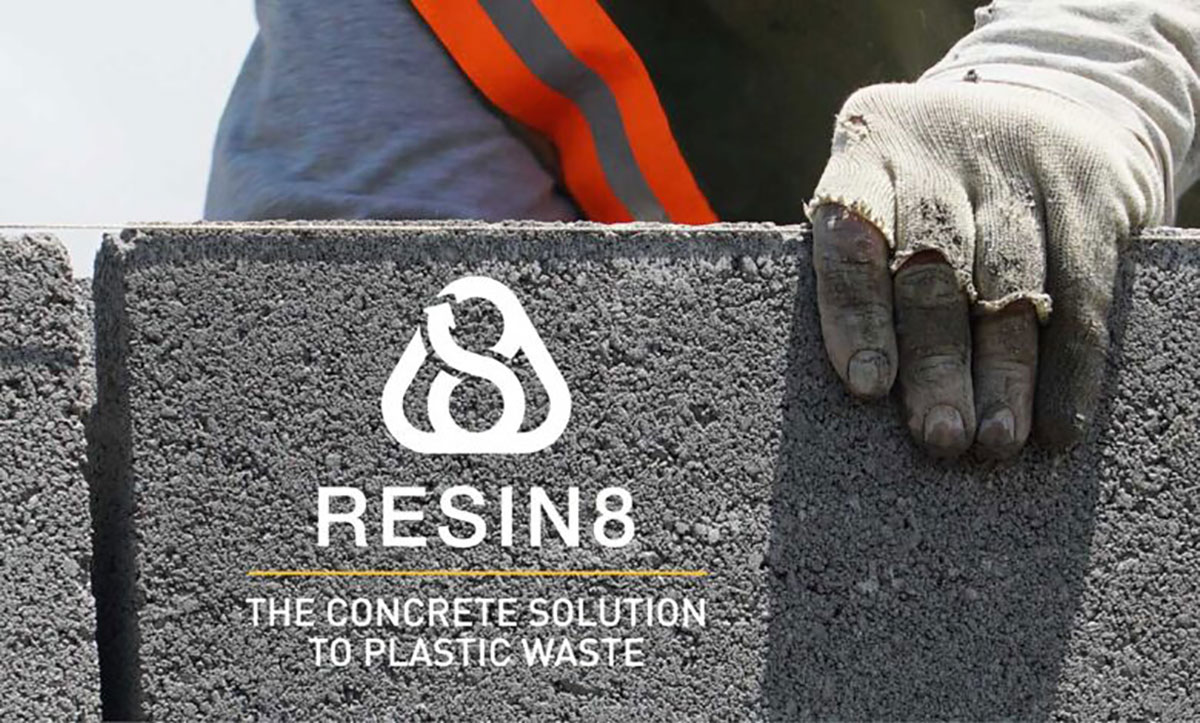
-In the production of insulation materials. The Knauf company has developed an expandable plastic resin (NEOPS), based mainly on styrene and biomass from plant surpluses. This factor avoids the need for agricultural plantations that could affect the food cycle. With 98% air in its composition, it is a material of great lightness and insulating capacity. It is also impact-resistant and does not degrade over time, which is an advantage over other traditional insulating materials. All in all, its production means a 30% reduction in the carbon footprint. Finally, we should mention that it boosts the circular economy, as it is mechanically recyclable, without chemical processes.
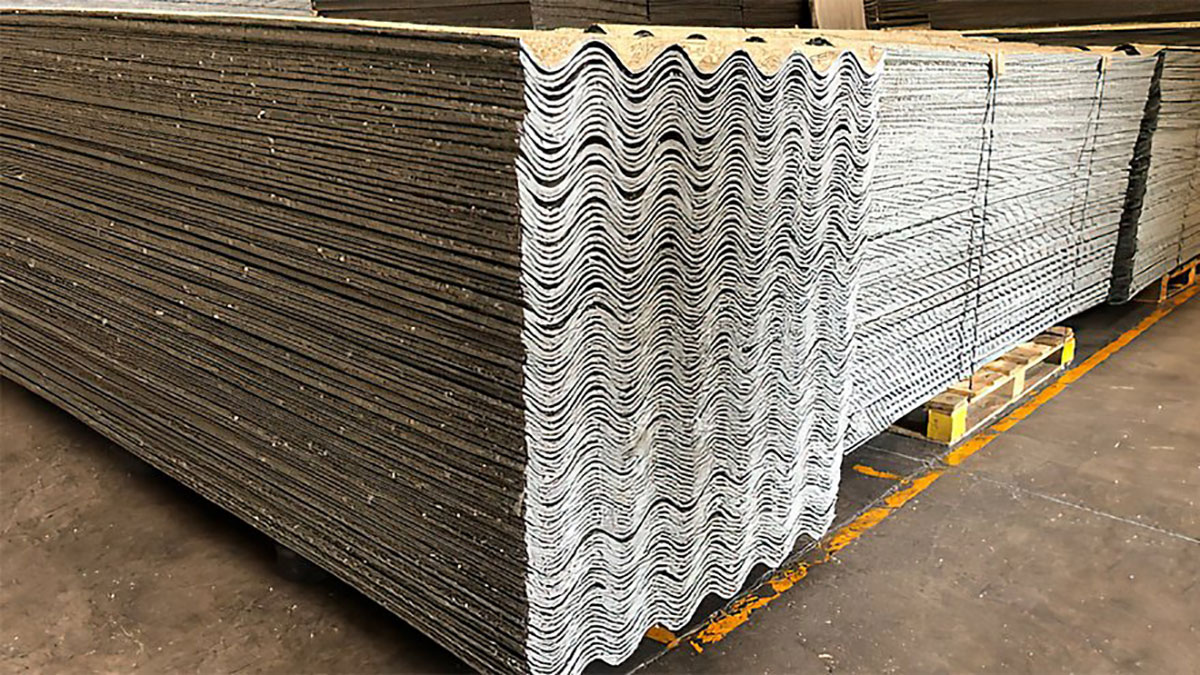
-In the manufacture of flooring. Aectual is a company that reuses bio-based raw materials and bioplastics to produce various products through 3D printing. Among them, Durabella, a terrazzo floor made from a mixture of bio polyamide (bioPA), bio polyurethane (bioPU) and natural stone waste. Its great strength, in addition to its lightness, makes it interesting for multiple applications. In its catalogue we can find other products, such as planters based on PolyAl, or coatings and separating screens from bioPA. Aectual also participated in the manufacture of the façades and walls of the United Arab Emirates pavilion for the EXPO Floriade 2022 in the Netherlands.
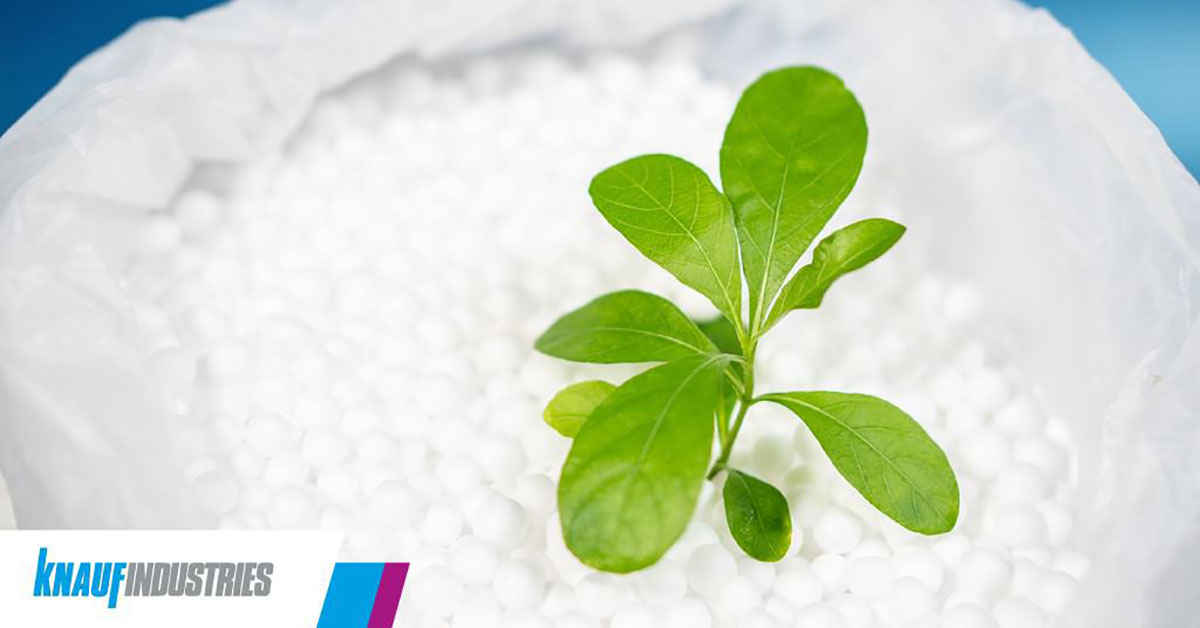
-In the design and construction of buildings. There are several architectural projects by DUS Architects (founders of Aectual, by the way), developed with their pioneering 3D printing technology. During the Dutch European presidency in 2016, they were responsible for the façade elements of the mobile European pavilion for conferences and events. They also have a research line for the construction of an 8 m2 shelter, Urban Cabin. Here, the diamond pattern of the envelope is filled with concrete in some parts to ensure its structural stability. But his most ambitious project, currently under development, is undoubtedly a 700m2 typical Dutch canal-side dwelling, Canal House. It features elements produced with 2XL 3D printers up to 5m high.
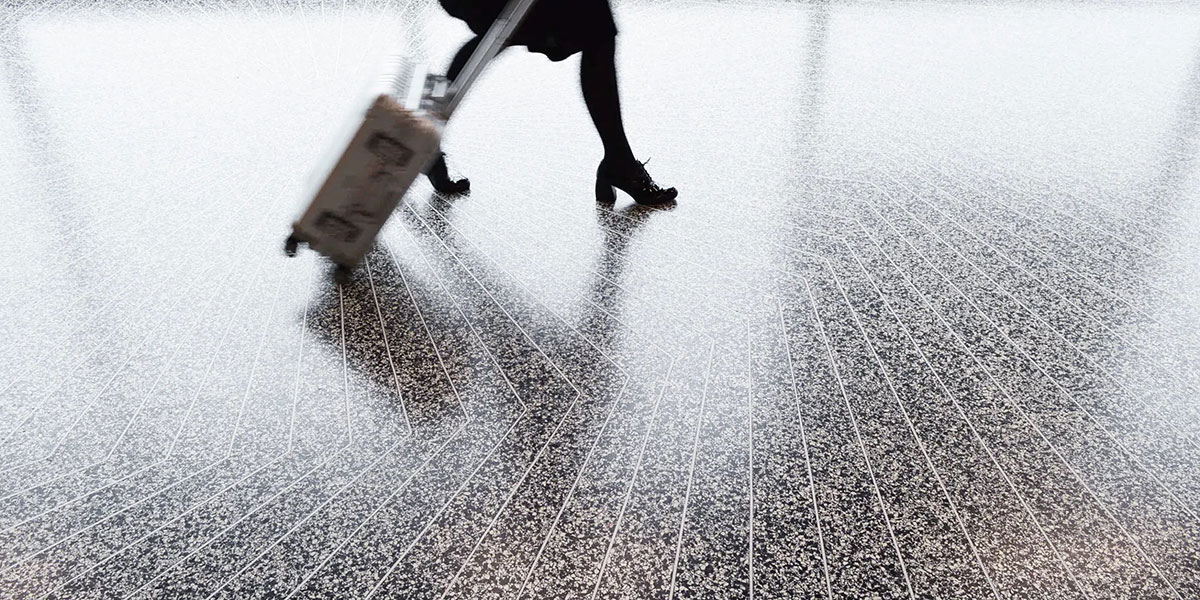
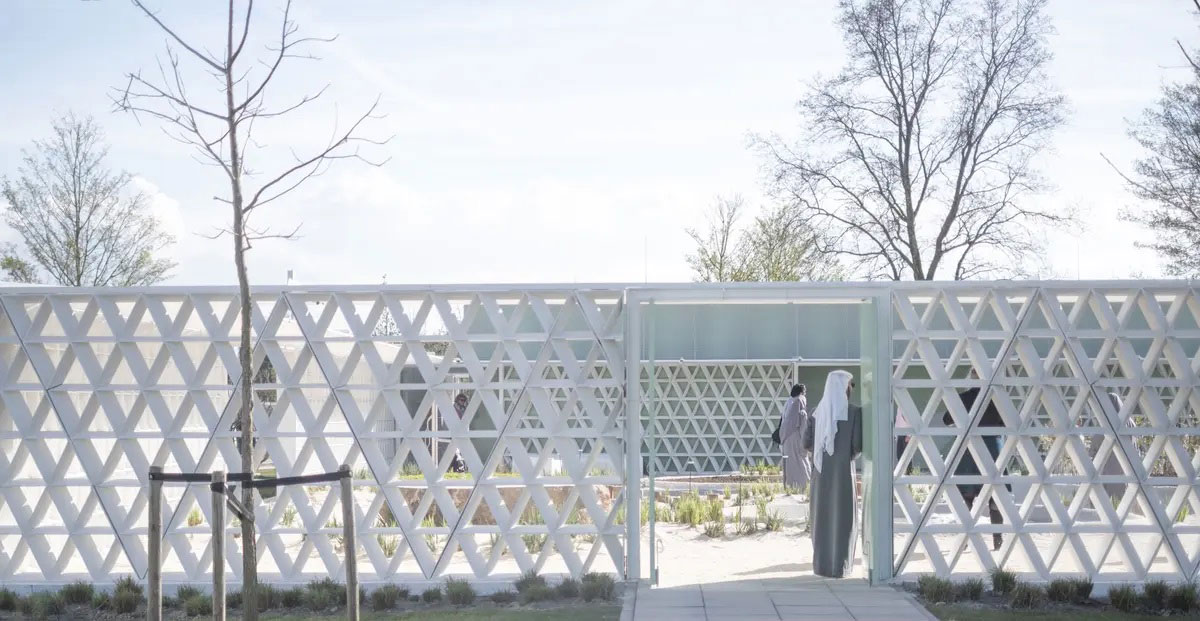
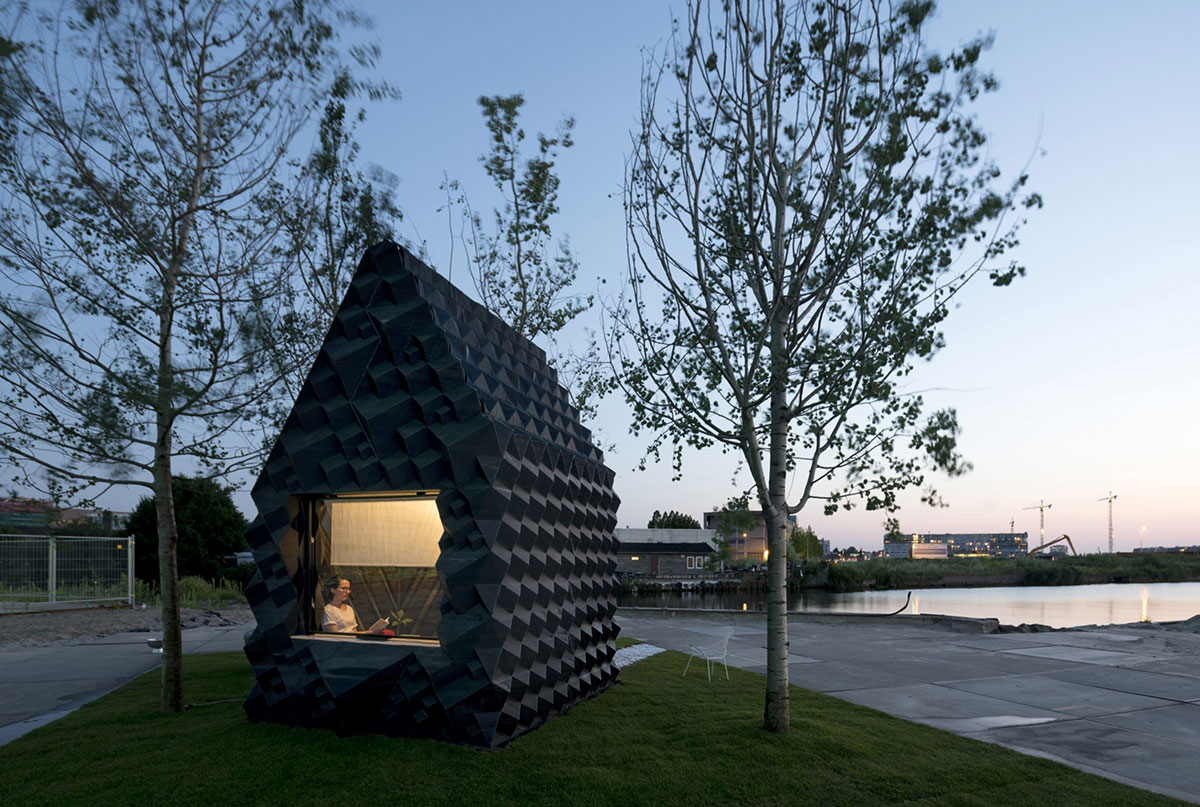
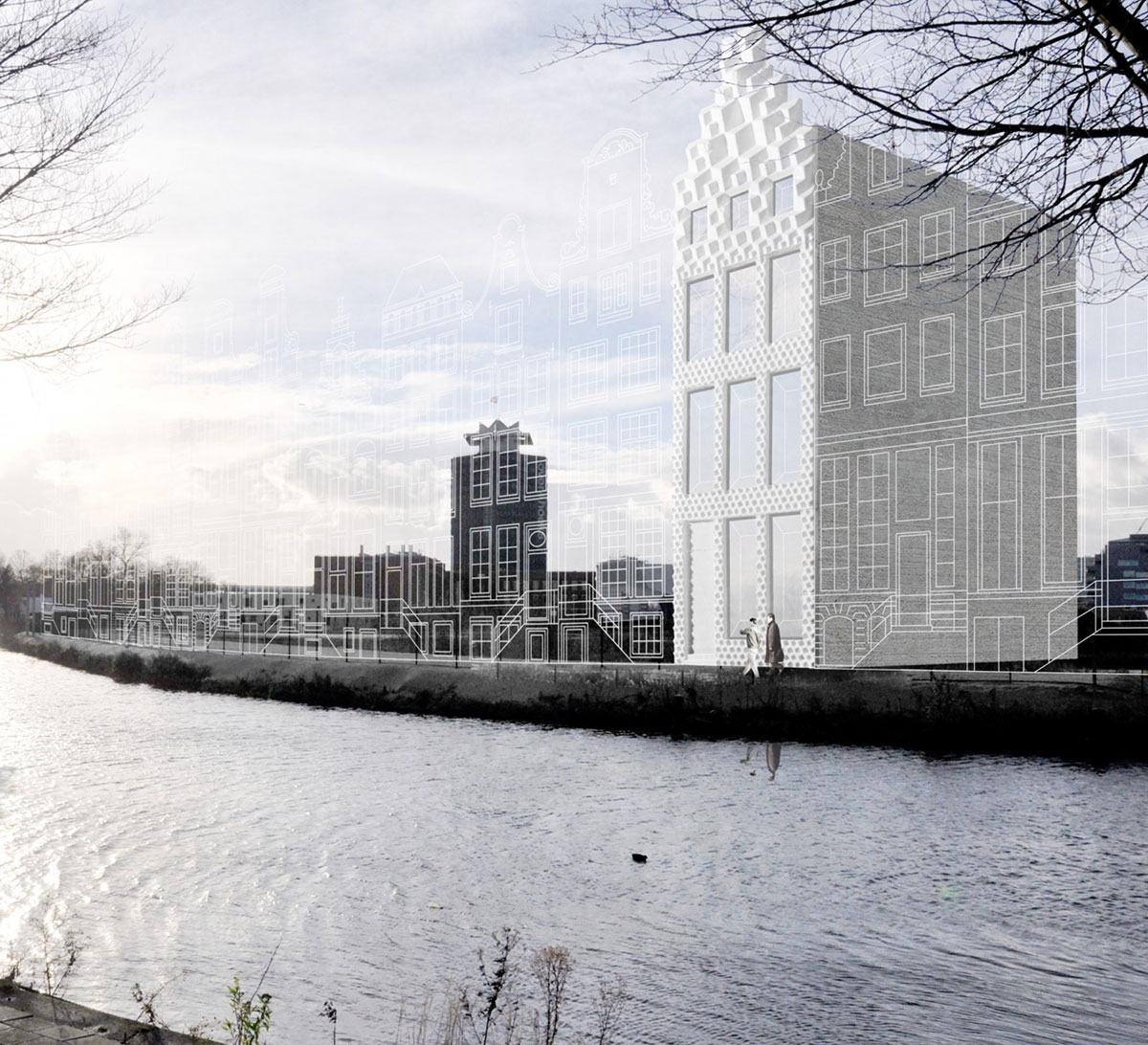
By Guillermo Ferrer, Senior Architect in the Architecture Department of Amusement Logic






